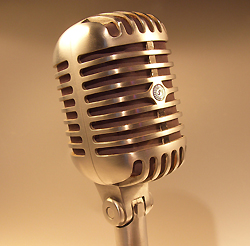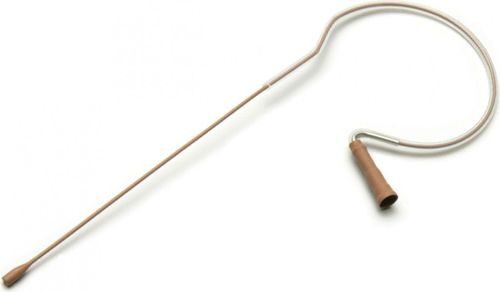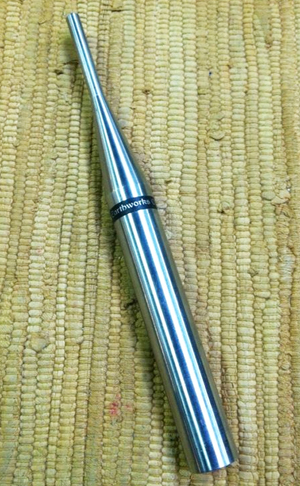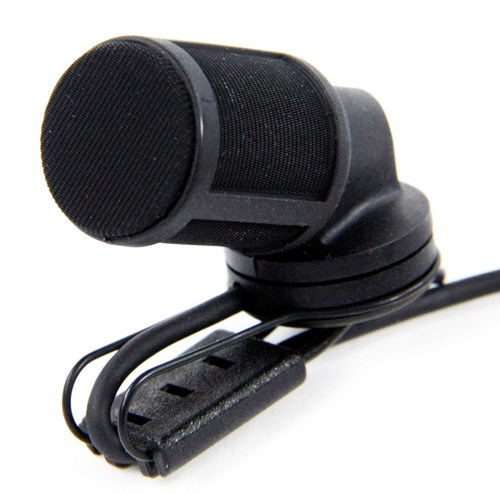
New Directions
Carl Countryman incorporated the family business in 1978 and since that time has been making innovative miniature mics for people and podiums. In the 2000s, the E6 earset mic was developed and has become a favorite earworn miniature model.
And, introduced a few years ago, the model B2D is the smallest directional lavalier available, with a capsule diameter of only 0.1 inch (2.5 mm).
Sennheiser decided to go small in 1983 and came out with two significant advances. The first was the development of the first directional clip-on microphone, the MKE 40, followed smallest studio clip-on microphone available at the time, the MKE 2.
More than 25 years later, the MKE 2 is still extremely popular with broadcasters and corporate audio folks.
With VLM technology first deployed in the OM Series that debuted in 1986, Audix put itself on the map just a couple of years after its founding. VLM (“very low mass”) is based on using a lightweight diaphragm that allows for extremely fast, accurate processing of incoming signals, while still offering extended frequency response and high SPL handling.
In the late 1980s, David Blackmer founded Earthworks Audio in New Hampshire with an initial goal of designing and manufacturing audiophile loudspeakers. He was dissatisfied with the measurement tools of the day, and set about to improve the situation.
The first tool he designed was an omnidirectional mic, which led to the manufacture of the OM1. He wanted to get back to designing loudspeakers, but his colleagues begged to differ, persuading him to design other mics as well as preamps.
The overall design philosophy is extended frequency response, very fast impulse response, near “perfect” polar pattern and pure signal path, with the goal of better emulating the time resolution of human hearing (10 microseconds or better). This is now provided in a wide range of condenser models for vocals, instruments and measurement.
Speaking of precision, DPA Microphones (originally Danish Professional Audio) was founded in the early 1990s by two former employees from high-end measurement tool manufacturer Brüel & Kjær.
Headquartered in Allerød, Denmark, DPA was first recognized for the 4011 cardioid followed by two headset designs—the 4066 cardioid and 4088 directional—that have helped shape the popular market genre we enjoy today.
In the late 1990s, Neumann forever altered the landscape with the introduction of the KMS 105. This condenser model proved a watershed mic for live performance, “breaking the ice” for other high-performance condensers in the live market such as the Shure KSM9, Audix VX10, Rode S1 and others.
As we moved along to a new millennium, Milab went digital with the DM-1001, a mic microphone with AES/EBU and S/PDIF outputs. The DM-1001 uses two large diaphragms, each with its own AD converters, with the polar pattern calculated in the DSP from a mix of the front and back signals from the elements.
A separate programmable control offers a choice of standard or user configures patterns. Neumann also entered the digital realm with the Solution-D, a studio-oriented design with integrated DSP processing and an A/D converter that allows for gain adjustments to be made digitally inside the mic.
Craig Leerman is senior contributing editor for Live Sound International and is an avid collector of vintage microphones. Read about more about some of his mics here.




